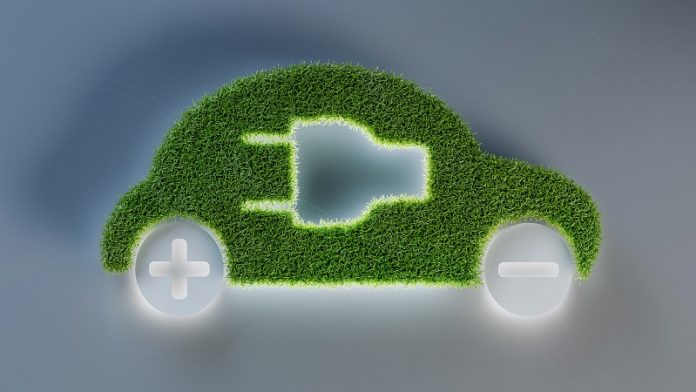
A team of researchers from McGill University, working alongside experts from the U.S. and South Korea, has developed a new way to make lithium-ion batteries that could make them more affordable, sustainable, and easier to manufacture.
The team’s breakthrough, published in Nature Communications, focuses on replacing expensive and hard-to-source metals like nickel and cobalt—commonly used in today’s batteries—with a new material that performs just as well, if not better.
The material is called “disordered rock-salt,” or DRX for short. It has been studied for years as a potential battery material, but it’s been difficult to use in real-world products because the particles were often uneven in size and unstable.
These issues made it challenging to use DRX in large-scale manufacturing or in devices like electric vehicles.
The McGill-led team solved this problem by coming up with a better way to make DRX particles.
Using a special two-step molten salt process, they were able to produce very small, uniform particles that are ready to be used in batteries—without needing extra steps like grinding or reshaping.
This process not only improves the quality of the battery material but also makes it much easier to produce on a large scale.
The new DRX particles are smaller than 200 nanometers—tiny enough to help batteries perform more efficiently.
When tested, batteries using these particles were able to keep 85% of their energy storage capacity after 100 charging cycles. That’s more than twice as good as DRX materials made using older methods.
According to Jinhyuk Lee, one of the senior researchers and an assistant professor at McGill, this technique opens the door to mass-producing DRX battery materials with consistent quality. That’s key for powering things like electric cars and renewable energy systems.
Lead author Hoda Ahmed, a Ph.D. student at McGill, said this new method not only improves battery performance but also brings the technology closer to real-world use in industry.
The project was a global effort involving researchers at Stanford’s SLAC National Accelerator Laboratory and the Korea Advanced Institute of Science and Technology (KAIST). It also received support from Wildcat Discovery Technologies, a U.S. battery company that’s interested in bringing this technology to market.
Ultimately, this new method could help create next-generation lithium-ion batteries that are cleaner, cheaper, and easier to produce—paving the way for a more sustainable energy future.


